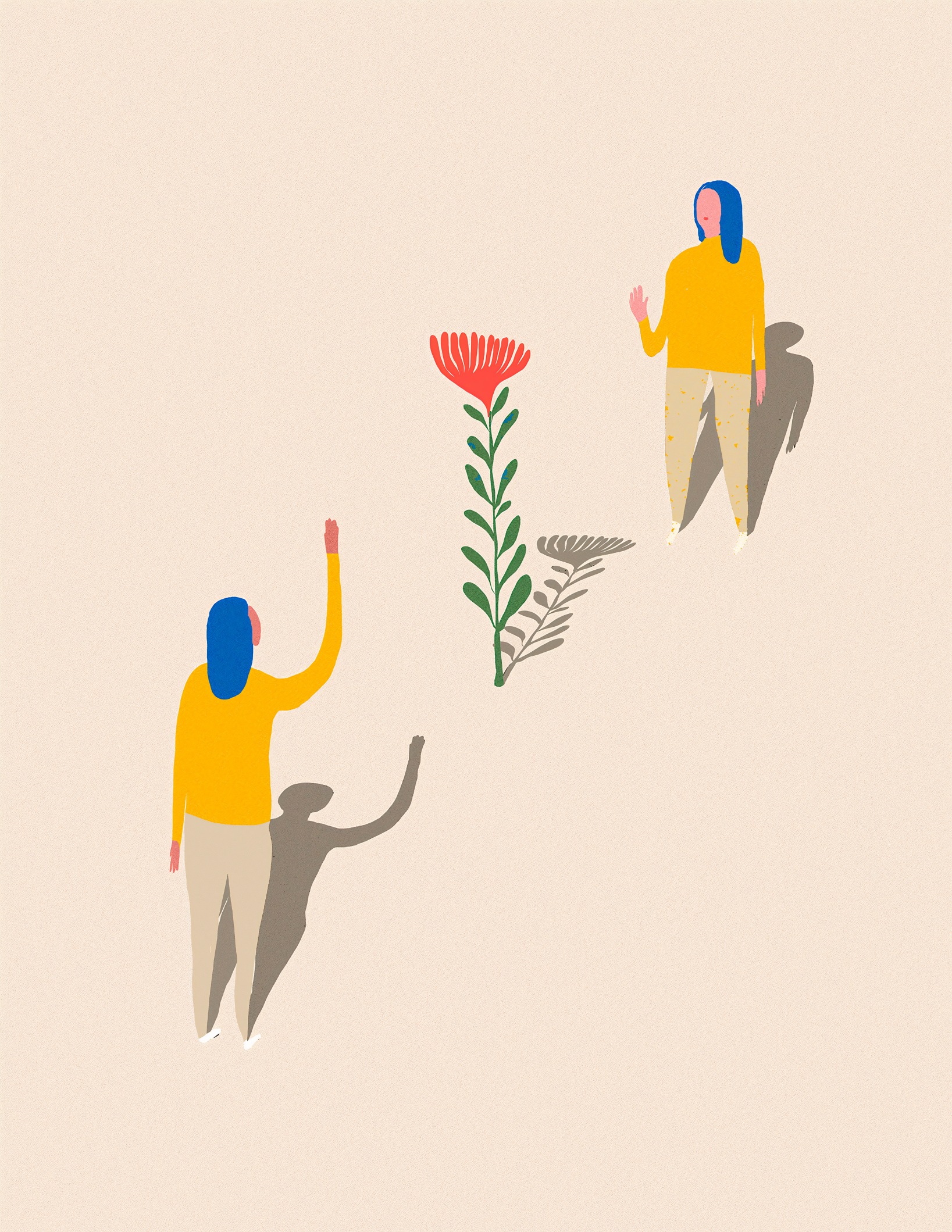by Clara Jannet, illustration by Daniel Barreto
Like most people, I have been closely following the developments of COVID-19 since February. I watched as it took hold in Italy (where my family lives), then the rest of Europe, and finally the United States (where I am from). I worried about people I love, hunkered down, wore masks, worked from home. I followed the news and followed the rules, all the while thinking what an extraordinary time we were living in.
Then one day, a couple of weeks ago, I realized that I couldn’t taste anything. I opened the fridge and ate an anchovy. Nothing. I spooned jam into my mouth. Nada. Tried apples, mushrooms, tomatoes and bananas. Zilch. I then put on perfume…lots of perfume, lots of different perfumes…and couldn’t smell anything. A small feeling of panic started growing. Did I have COVID? (Spoiler alert: I did.)
I got tested (a very easy and painless process, despite what I had heard) and 26 hours later received a text saying I was positive. For some reason, the text came as a complete shock (although I realized that it would have been a huge and very unlikely coincidence that my loss of taste and smell was entirely unrelated). Even though I am not considered “at risk”, my first thought was that I could die (Spoiler alert: I didn’t). Or at best, I could be intubated and alone in a hospital for weeks. After following the global stats of deaths and hospitalizations, it seemed inevitable that this virus leads to very bad things.
I was scared.
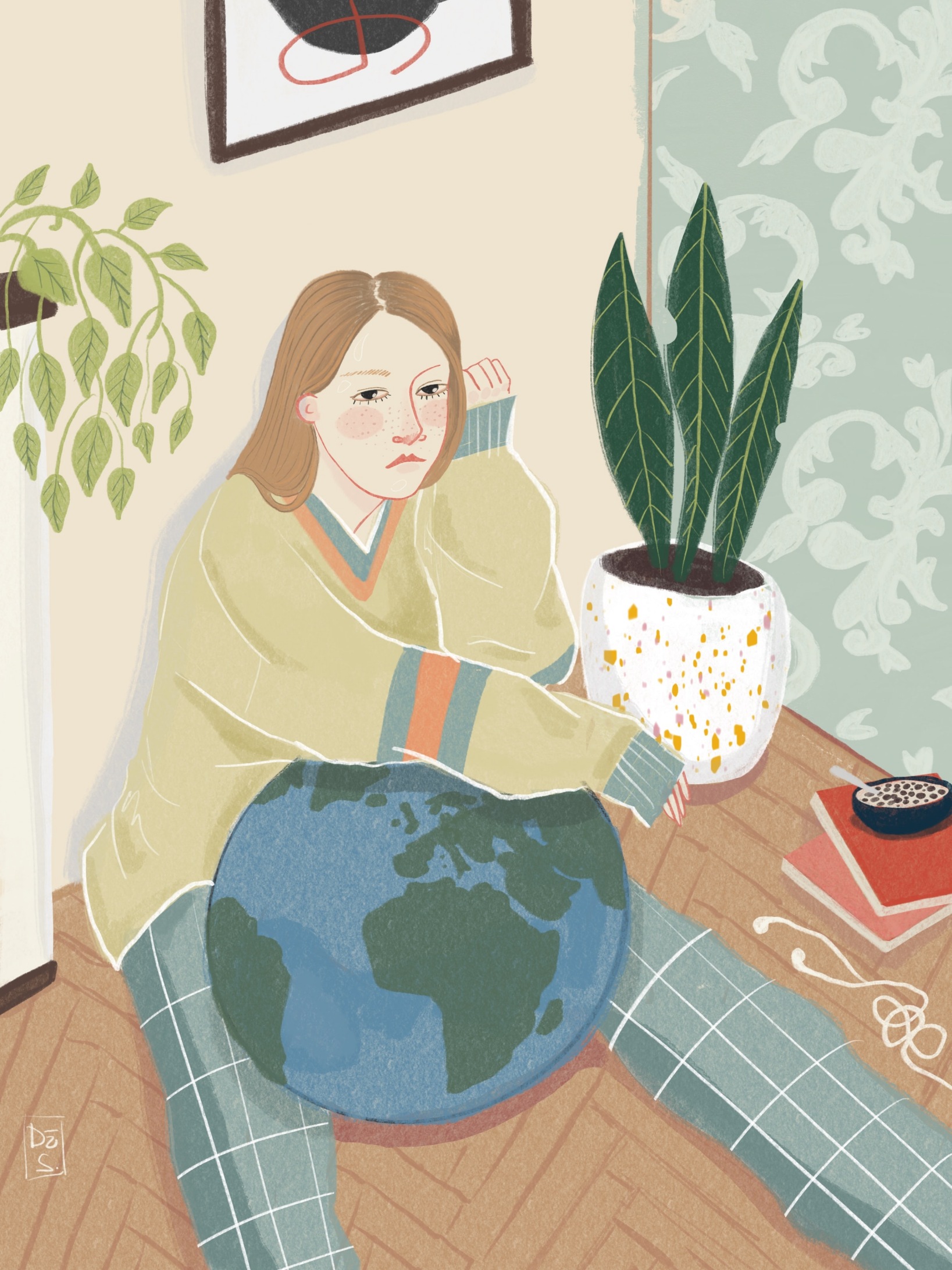
Illustration by Dzana Serdarevic
Following the instructions that I was given, I put myself in isolation, while my husband and two young children were quarantined. In practical terms, I was sent to my room and told not to come out until I was better. I filled out forms, contacted schools, afterschool programs, activities, my workplace, and got ready for what was to come. But how do you prepare for the unknown?
I followed the rules. I didn’t leave my room, and on the occasions that I ventured out, I wore a mask, disinfected my hands, didn’t touch anything or anyone, and stayed as far away as possible from my family. I was radioactive. The hardest part was seeing my family, but not being able to be with them. Not being able to give hugs and cuddles and good night kisses. I made up signs and gestures to replace the normal physical contact I would usually have with them. A special gesture for good night cuddles, another one for a post-sibling-squabble comfort hug. Throughout the week, new variations were invented by me and my children for different types of hugs (really tight hug, rub hug, bear hug, love hug, tickle hug). It helped me to feel connected to them.
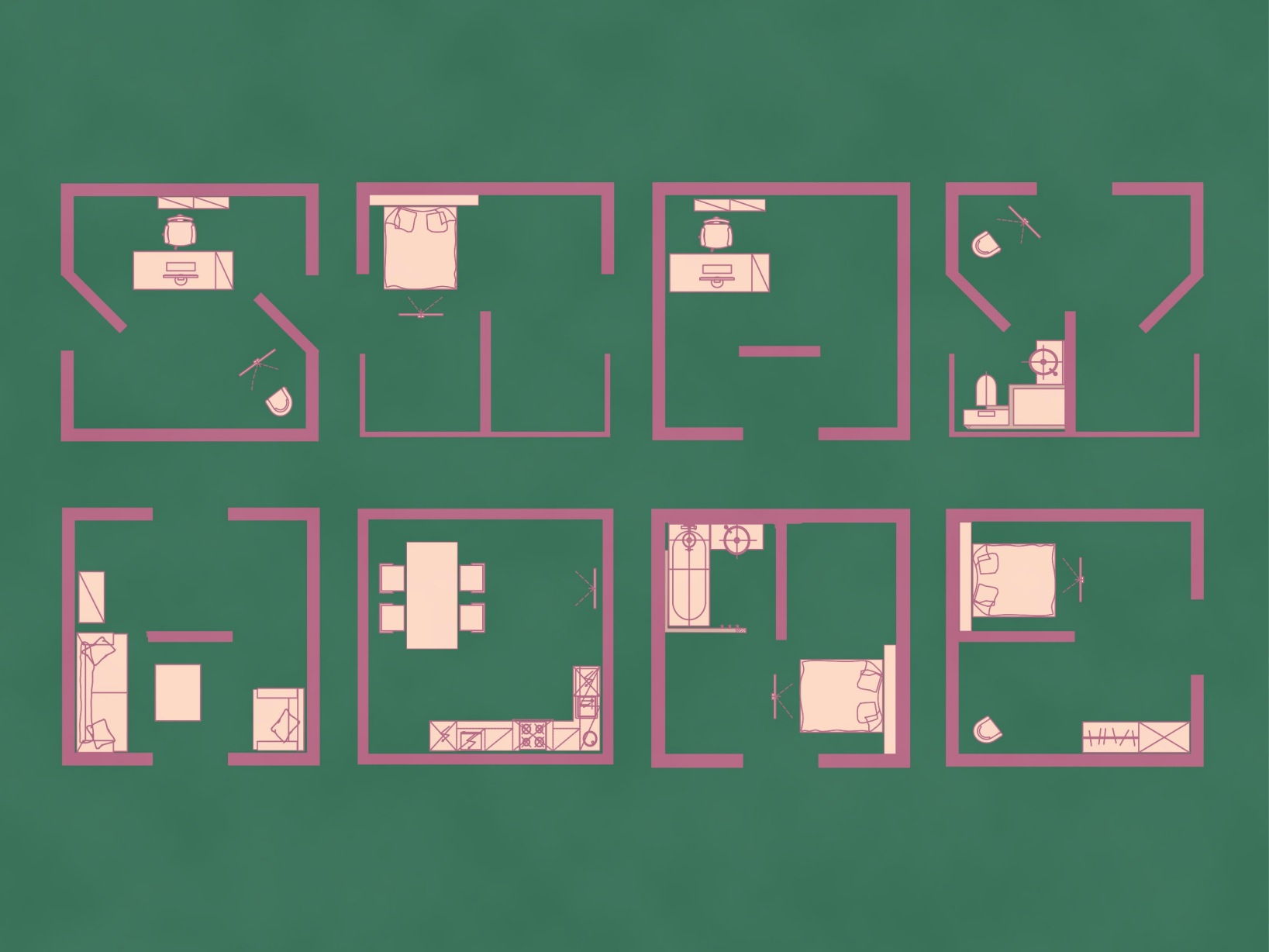
Illustration by Harriet Cann
It was an anxiety-ridden 10 days: to live in the unknown, expecting the worse, being very conscious of every change in my symptoms, analyzing how I was feeling constantly. Every day, I feared that I would take a turn for the worse. That I would have trouble breathing, or have a horrible fever. A doctor had told me that day 7 of the infection was key…if it didn’t get bad around day 7, it probably wasn’t going to get bad at all. Day 7 came and went, and I felt only slightly relieved.
My husband took on the bulk of the work, cooking all the meals, cleaning the house, occupying the kids, following their schoolwork, all the while trying to work himself. I had to practice letting go of how I would have done things differently and let him run the house how he wanted. I mean, it’s really hard not to say something when it’s “pajama day” for the fifth day in a row! I practiced some major self-restraint, and trusted my spouse. Not surprisingly, he did an amazing job, and managed to keep himself and the kids happy and healthy. (Now that I am free, daily baths have been re-instated.)
In the meantime, stuck in my room, I couldn’t help thinking that I had done something wrong. How could I have gotten COVID while following all the rules? It must have been my fault. I didn’t know who I got it from, and I still don’t. My symptoms got a little worse: I was incredibly tired (I could barely move and had a hard time keeping my eyes open for a couple of days), and my legs really hurt…a lot. But I could breathe fine, didn’t have a fever, wasn’t coughing and was generally fine. My taste and smell stayed non-existent: my husband took advantage of that fact to empty out all the old food in our cupboards that no one likes. Thinking about it, I’m lucky I didn’t get food-poisoning on top of COVID. My daughter would bake cakes with dubious ingredients and proudly bring them to my room. I would smile under my mask, gesture a love hug, ask for three pieces and say it was absolutely delicious.

Illustration by Catherine Cardasco
After ten days, I received another text saying that I was free. A nice man from the Office du Médecin Cantonal Vaudois called to check on me, answered my questions and confirmed my freedom. I disinfected my room, hugged my kids for a long time and sent them to school, kissed my husband (after re-organizing how he had put everything in the dishwasher) and went on with my life. Apparently, I am immune for three months…I am trying to think of ways to capitalize on this new-found freedom (Licking doorknobs? Hugging friends? Taking an airplane somewhere? I am open to suggestions!).
I am very lucky. I am extremely grateful. I had a light case of COVID. My taste and smell still haven’t come back and I am still pretty tired (because of COVID or motherhood? Hard to know) but I am fine. It could have been worse and it is worse for a lot of people. COVID is something to be reckoned with. I am glad that it’s over (for me, and for now), and I am not scared of this coronavirus anymore.
Clara is from California and grew up in Florence, Italy. After completing a BA and MA in the US, she returned to Europe. While living in Paris and managing private collections of contemporary art, she met a Frenchman and followed him to Switzerland. Wife of one (the aforementioned Frenchman) and mother of two, she has been happy to call Lausanne her home for over a decade, and never plans on leaving. Clara is a journalist and event coordinator for the home interiors magazine Espaces contemporains.
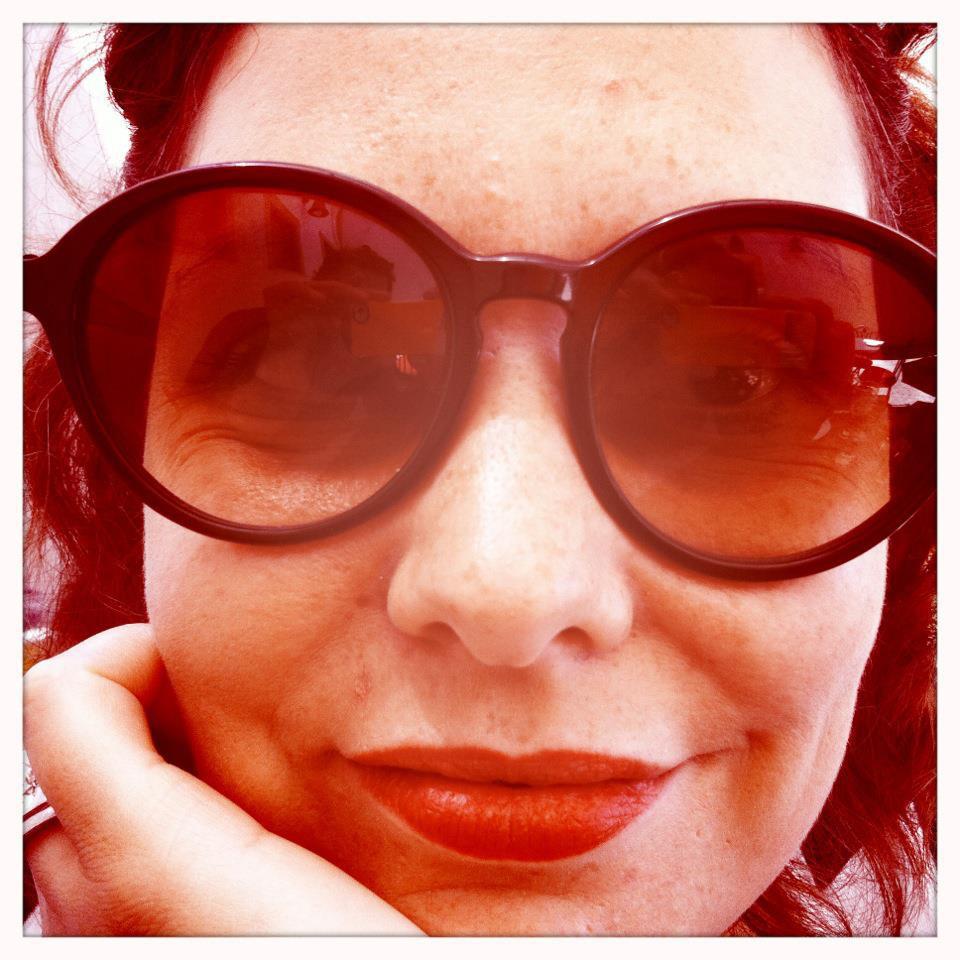
Clara Jannet
Journalist
What are some practical ways of helping someone who has COVID?
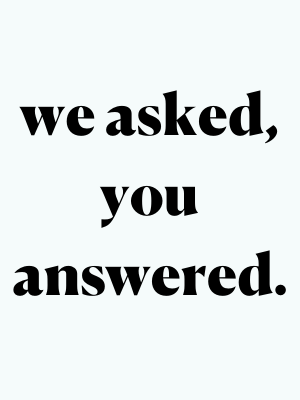
- Don’t ask, just do! Show up with groceries, prepared meals, treats, notes, flowers, anything that may lift their spirits.
- Consider sending a meal delivery service (you can find our page of options here)
- Remember that social isolation is tough–call, text, Marco Polo, FaceTime. One reader said it perfectly, “Covid is not contagious over the phone.”
- If the person affected is in school, one reader suggested getting classmates to write notes to them and dropping them in the mailbox. What a cute idea!
- One reader had quite a bad case and indicated that groceries were amazing, but they didn’t even have the energy to cook, let alone chew! For her, intermittent soup drop-offs were a life-saver.
- Remember that even the smallest gesture can have a huge impact ❤️
